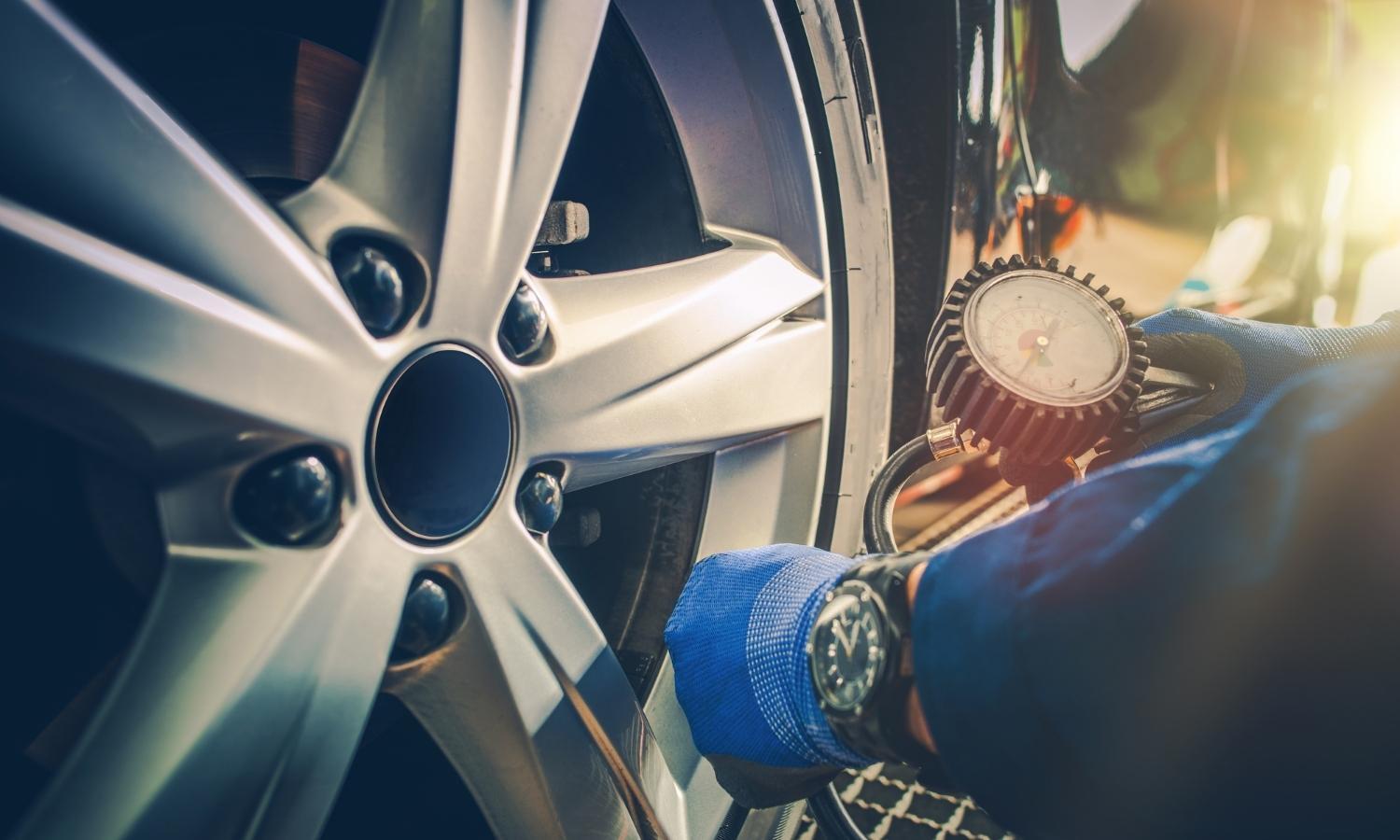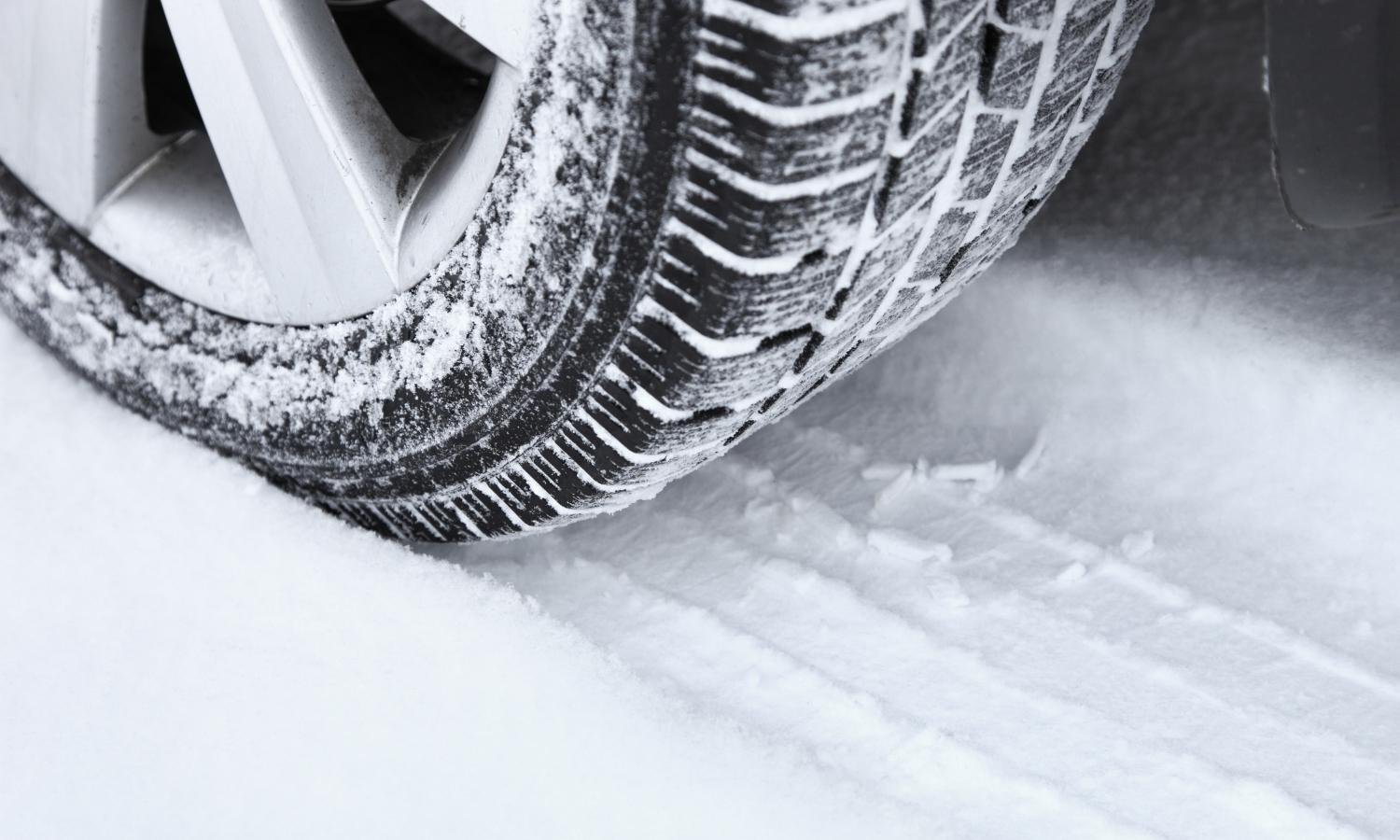My Tire Pressure Light Is On. Is It Really Just The Weather?

As the seasons change, there will inevitably be a change in the condition of your car tires, which will be triggered by significant temperature changes. When this occurs, a notification will undoubtedly flash on your dashboard. Your tire pressure monitoring system is transmitting a warning, as indicated by the symbol that would emerge, which would resemble a cutaway tire with an exclamation point.
Most people believe the light only comes on as a result of weather changes, but is that really all there is to it? Could there be any other reason for altering the display of this light? In this article, we’ll be discussing all you need to know about the tire pressure light, which is a part of the tire pressure monitoring system.
What is a tire pressure monitoring system (TPMS)?
To understand the idea behind your tire pressure light, you have to understand how a tire pressure monitoring system functions. This system functions exactly as you would envisage; it monitors the air pressure in each of your car’s tires. It works separately in each wheel, setting off a warning light on your dashboard if the pressure is reduced significantly.
It is said that the regular trigger occurs when the pressure is 25 percent higher or lower than the cold-tire pressure — measured when the tires have been sitting for at least 3 hours — endorsed by the manufacturer. Look in your owner’s manual for the tire pressure level that is advised.
Tire Pressure and Dynamic Temperatures
Your car’s tires are often filled with air that has some similarities to the surrounding atmosphere. The rules of thermodynamics apply to this air, which makes it susceptible to pressure variations.
Citing the ideal gas law, if the temperature of a given volume of gas is reduced, the pressure will also reduce. Taking note of the fact that the tires of your car are more or less a closed system, once the temperature of the air in your tire goes down, expect the pressure of the air to follow suit.
The contrary side of this analogy is also true, in the sense that as the pressure of the air in your tire rises, you can be sure that it is because there’s a rise in its temperature. This is because there is an expansion of the gas as it heats up, and as it has nowhere to go — being in a closed system — the tire pressure rises.
The amount of pressure rise or fall will depend on a number of variables, but on average, the pace is around 1 PSI (pounds per square inch) every 10 degrees.

What should I do when the TPMS light comes on?
Always pay attention to warning lights on your dashboard. If your TPMS indicator illuminates, it unquestionably indicates that your tire requires your attention or the attention of a specialist.
For your safety, do not ignore the light. Turning a blind eye to the light is going to put yourself and others at risk. If you continue to drive with blown-up tires, the heat on the road can cause your tires to overheat – further increasing the pressure of your tires. The continual increment in pressure could cause your tires to burst, which is an extremely dangerous situation.
The best course of action for you is to attempt to bring your car to Poston Motor Company whenever possible. When the tire pressure is at its lowest, a few hours after sunrise, we can check it at our firm and adjust it as necessary.
Other Reasons Why Your TPMS Light May Be On
There are various other reasons why your TPMS light may still be on — even after filling your tires. Here are some of them:
- Bad or faulty TPMS sensor
- Extreme heat or cold
- Damaged tire
Stay Vigilant To Keep Your Vehicle Running Smoothly
Not sure what to look for when your tire pressure light flashes on your dashboard? Simply stop by Poston Motor Company, your local mechanic shop, whenever you notice it! Our friendly and knowledgeable technicians are here to help whenever you need us.
Need more information about maintaining your car in winter? We’ve got you covered.
Vehicle Maintenance Tips for Winter
Preparing Your Car for Cooler Weather
